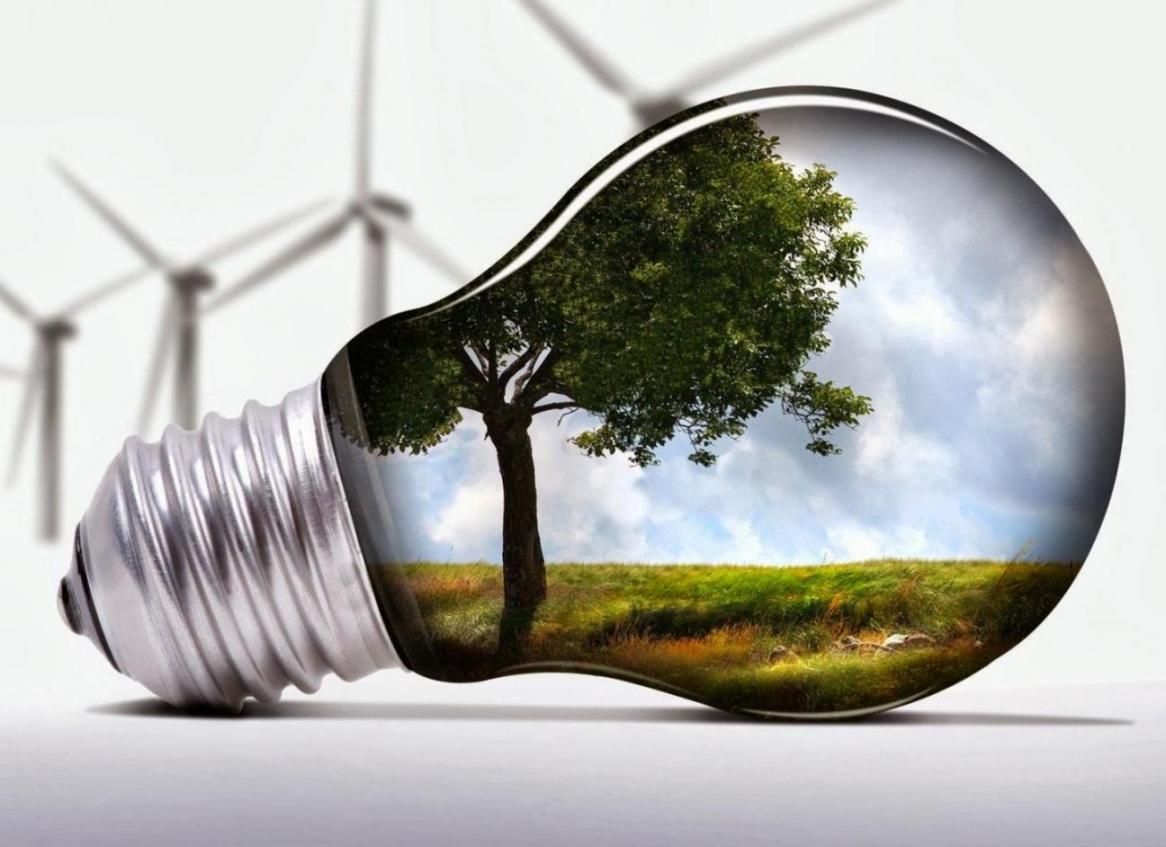More than 40,000 megawatts (MW) of technical capacity for wind energy has been identified in the country, managing director of Renewable Energy Organization of Iran (SUNA) announced.
Assessments carried out across Iran by the German Institute of Solar Research (DLR) in an area covering 2,000 square kilometers also brought to light a 60,000 MW capacity for solar thermal power plant installation.
"Some 15 regions in Iran are considered apt to produce thermal energy," Yousef Armoudeli was quoted by ISNA as saying at a conference on environment and energy, held in the city of Semnan.
"Iran's energy intensity rate (total primary energy consumption per each unit of GDP) is 3.9 times higher than the global average," the head of Electrical and Electronics Engineering Association of Semnan Province, Mohammad Mousavizadeh said at the conference.
Eliminating sound pollution and the need for water, reducing energy expenses and low maintenance costs are among advantages of photovoltaic power plants. In recent years, an increasing number of environmentalists, pointing to the disadvantages of fossil fuels and their use in power generation, have been calling on the government to gradually shift to cleaner energy in a bid to help protect the environment.
The government hopes to produce 5,000 megawatts of electricity from renewable sources within two years, and plans to target rural communities who have been largely cut off from government services. Legislations and incentives to encourage domestic and foreign investment in renewable energy projects in the country have been recently discussed and ratified.
Iran’s diverse climate offers a great opportunity to exploit renewable energy from the sun, wind and water. Most provinces in Iran experience sunshine for over 300 days a year.
Studies conducted by the DLR Mediterranean indicate that Iran can be a part of the Mediterranean renewable power generation chain in 2050 to provide the electrical power demand of Europe. However, as a developing country and due to its large area, Iran has some limitations regarding the number of synoptic stations – instruments that make local observations of weather at fixed times, the DLR report said.


